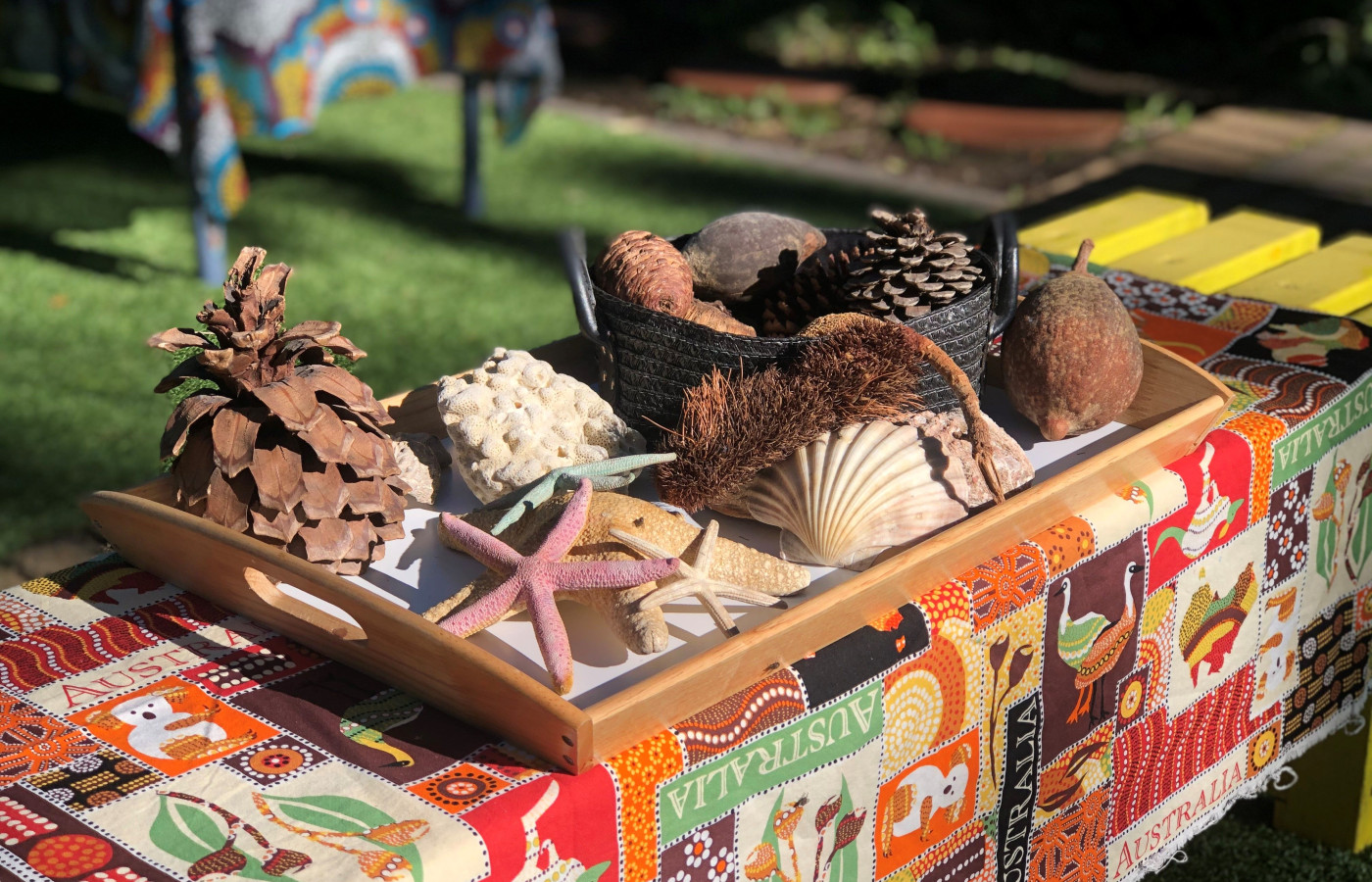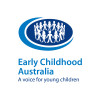Treasure baskets

Treasure baskets
Exploratory play.
Materials Required
- A variety of materials with a common theme/common element. For example: a variety of brushes or a collection of buttons with different patterns, a variety of objects of the same colour etc.
- A small basket or container
Additional baskets, Alternative: small containers/boxes
Play experience profile
-
Age:
-
Min Playtime5 - 15 Minutes
-
Skills
-
Energy LevelQuiet Play
-
Messiness Rating
-
EYLF Outcomes
Play Experience Preparation
Collect the items - Think about similarities and differences between objectsExperience Steps
- Present your child with the basket of treasures
- Allow them to explore the contents
- Share your observations - for example "they're all the same colour" and allow your child to consider this and share their observations
- Ask your child open questions that encourage them to consider the items and their similarities/differences. For example, "what do you see?" "why do you think they are all in this basket"
- Select an object from the basket and point out something about the object. Ask your child if they can find an item the same or different in the basket. For example "This is round, are there any other round things in there?"
- Sort the items by size/type/attributes and explain the collection to your child. Ask them to sort them in a way that they would like to and then tell you about their grouping.
- Ask your child if they can think of any other items that could go in the basket. Discuss how this item fits with the other items or stands out from the other items.

What to talk about, or questions to ask during the experience
- Counting - numbers, one more, one less, more, less
- Positional language - in, out, on, under, beside, above
- Descriptive language - consider vocabulary that might be new for your child and would introduce new words. For example, if you have a collection of buttons, you might describe the size of the holes in the buttons as diameter and use descriptors specific to the type of buttons (e.g. flat button, shank button, stud button, toggle button etc.). This technical language can be considered to suit the collection of items and will support your child's vocabulary development and ability to describe attributes of the items.
Build on this...
- Provide your child with an empty basket or a basket with just one or two items and support them to create their own collection. Engage in conversation about the types of items they'd like in the basket and compare/contrasting attributes
WHO guidelines for physical activity and sedentary behaviour
Provide evidence-based public health recommendations for children, adolescents and adults on physical activity.
Learn more
Provide evidence-based public health recommendations for children, adolescents and adults on physical activity. Learn more
This play can incorporate physical activity by including the child in collecting treasures for the basket. This could be timed (for example, see how many red things you can find in two minutes) or can include a bush walk to find natural materials such as fallen leaves.
EYLF Outcomes
The Early Years Learning Framework has been designed for use by early childhood educators working in partnership with families, children’s first and most influential educators.
View PDF
The Early Years Learning Framework has been designed for use by early childhood educators working in partnership with families, children’s first and most influential educators. View PDF
- Children develop a range of skills and processes such as problem solving, inquiry, experimentation, hypothesising, researching and investigating
- Children develop dispositions for learning such as curiosity, cooperation, confidence, creativity, commitment, enthusiasm, persistence, imagination and reflexivity
EYLF Principle
Principle 1: Secure, respectful and reciprocal relationships. Through a widening network of secure relationships, children develop confidence and feel respected and valued.
EYLF Practice
Practice: Intentional teaching. Intentional teaching is deliberate, purposeful and thoughtful. They use strategies such as modelling and demonstrating, open questioning, speculating, explaining, engaging in shared thinking and problem solving to extend children’s thinking and learning.
https://raisingchildren.net.au/babies/development/language-development/language-development-0-8
https://www.education.vic.gov.au/childhood/professionals/learning/ecliteracy/interactingwithothers/Pages/conceptsdevelopmentandvocabulary.aspx
Author:


